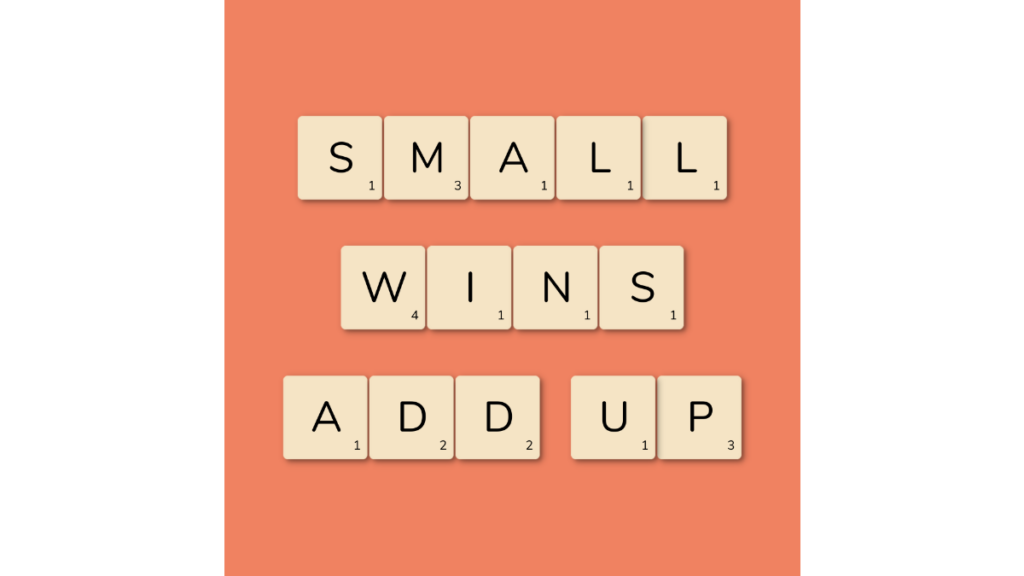The Art, Science and Philosophy of Digital Banking Engagement
Authors:
Colin Weir, CEO of Moroku
Martin Bailey, Director of Innovation and Ecosystem at Temenos
For most people, interaction with a bank tends to be a necessary evil or a chore that must be endured in order to manage your money. “For many, the experience simply shows how little money, how many bills and how much debt they have, the constant struggle. This feeling is a direct result of the experience design process” says Colin Weir, CEO and founder at Moroku. For over 50 years we have been designing computer interfaces based on the Easy-to-Use mantra. It has got to us to where we are, but is unlikely to be taking us to where we are going. Money is not easy to use and customers’ expectations from experiences is that they go beyond the mere facilitation of a service to a world where they help them be better.

The world is evolving quickly. Digital is breaking down previous boundaries and barriers to entry. The branch was where banks built brands and relationships. Today a technological revolution is brewing with the ubiquity of smartphones, digital currency, social media, video gaming, artificial intelligence, the internet, and virtual reality. These are combined to completely alter the playing field, the players, the competition, and the rules. As they do so, the design rules are being transformed to engage us more fully, allowing users to explore their worlds, be connected to a broader set of their senses, feel better and achieve more. This is the art and science of digital engagement.
How do we turn the digital experience from something negative to something that is engaging and that our customers enjoy doing? How can we energize our customers to learn more about money, build stronger habits, improve their financial health and feel better about their money? The answer might lie in shifting the design paradigm away from Ease of Use and towards Fun to Use. Jane McGonigal, a world-renowned expert in gamification says “A game is an opportunity to focus our energy with relentless optimism at something we’re good at (or getting better at) and enjoy.” McGonigal’s perspective stems from much philosophy. Whether it’s Viktor Frankl’s “Man’s search for Meaning” which discusses the valor in the struggle, or Friedrich Nietzsche’s treaties on happiness and coping, there is much agreement that we humans like to have a target ahead and to pursue it with vigor. This gives us purpose and sets us on a course of action. Can we really get customers to enjoy their interactions with their bank, learn about financial health, and get better at it?

The potential benefits are substantial. If we can bring customers into an experience and engage them around their pursuits, we learn much more about them and where they are in their financial journey. As customers learn more about their money and become more conscious of their financial well-being, they become more invested in the experience. This might result in the number of products open to them expanding dramatically as they save, invest, and maybe look at buying a house, borrowing, and planning for their future. Inherent to the gamification process, there are multiple opportunities to reward customer progress, giving them relevant nudges and support for staying in the game. Along the way, customers become much more engaged with their bank and develop a sense of loyalty which is a valuable commodity.
So how do you gamify?
The right mindset is incredibly important. The task at hand is no longer designing a banking app. We toned to place the customer within their game. We need to think of our customers as players in that game. Those players might be in different leagues; the needs of a young student may be very different to someone who’s close to retirement for example. We need to think about what challenges we want to set for our players and how we might reward them for overcoming those challenges. How do we measure progress? How do we encourage competition and peer comparison? We want the player to get a kick out of overcoming the obstacles we put in front of them and to want to delve further into the game.

It helps to have some experts on hand to help on the journey and that is why we are delighted to have Moroku on our Temenos Exchange with their comprehensive gamification platform, Odyssey. They have helped over 100 banks and financial services companies to gamify their banking apps with some outstanding results. They have built out player maps across many banking segments and can bring that to bear to help customers really engage with their customers who can then play their way to better financial outcomes.
Delivering personalized journeys requires a definition of what financial success means across the market, codified as a capability map that knows where customers are, and where they have come from and supports their journey forward. With this in place, a rich set of intrinsic and extrinsic nudges, rewards, and awards that recognize loyalty and wellness across time, space, and momentum can then be triggered. Moroku Odyssey allows the customers of banks and fintechs that deploy it to unlock, understand, and exercise a set of financial habits and systems that compound to achieve mastery and through that, engagement, and loyalty.
That can only be good for them and the bank.
“Either you will get up higher today or you will exercise your strength so as to be able to get up higher tomorrow”
Friedrich Nietzsche